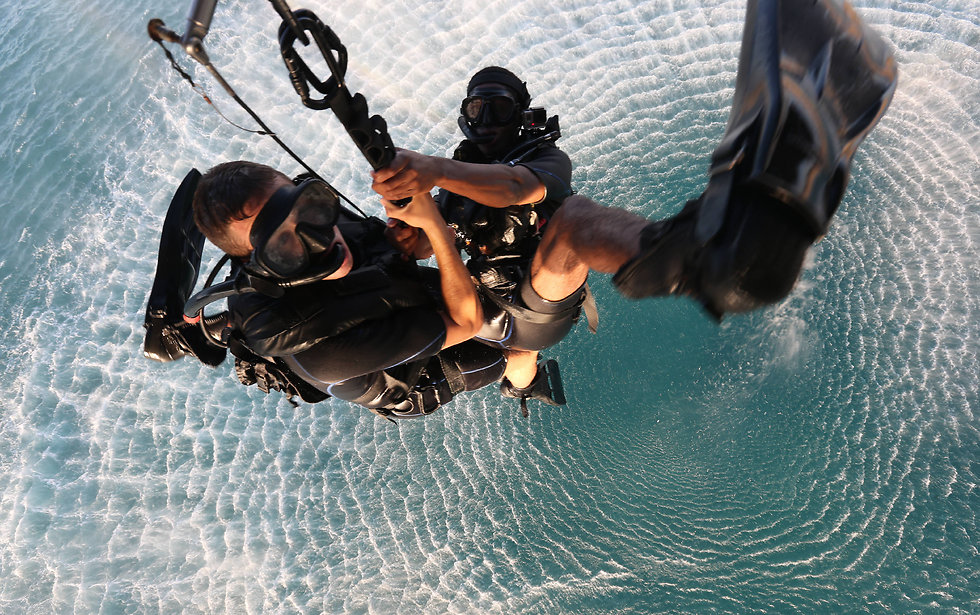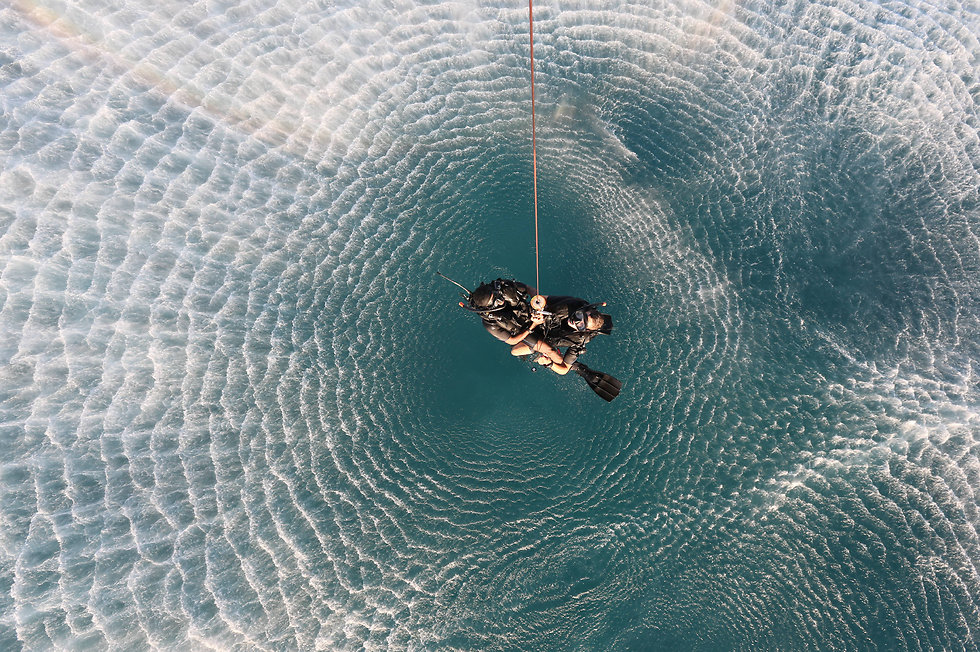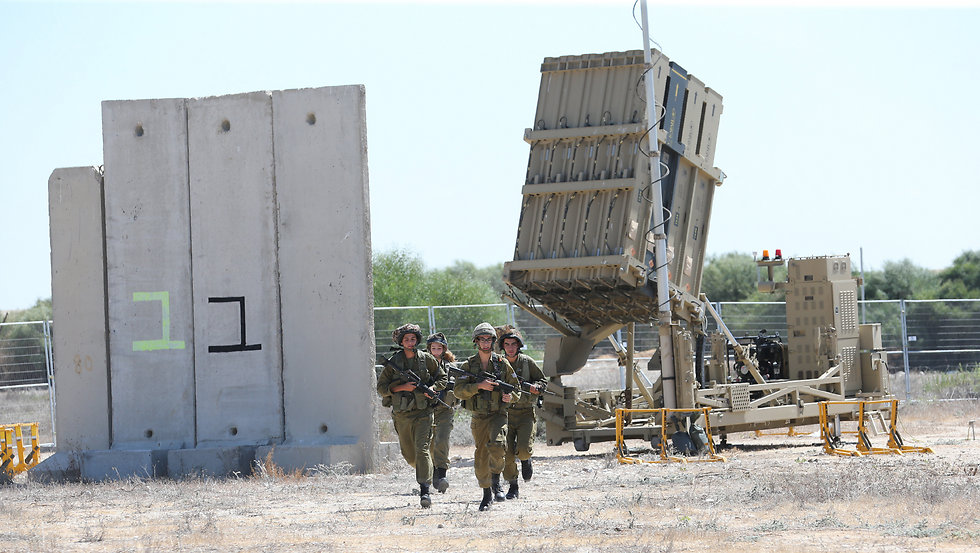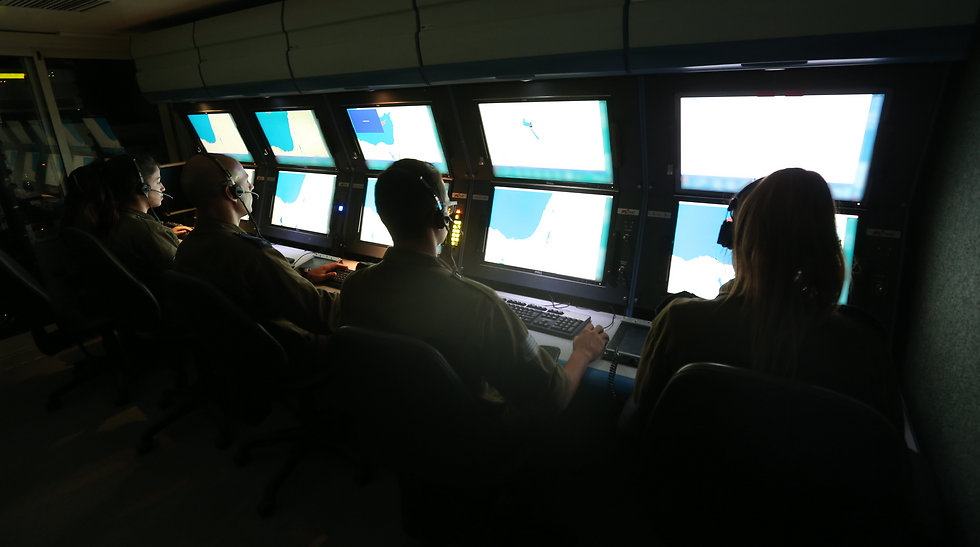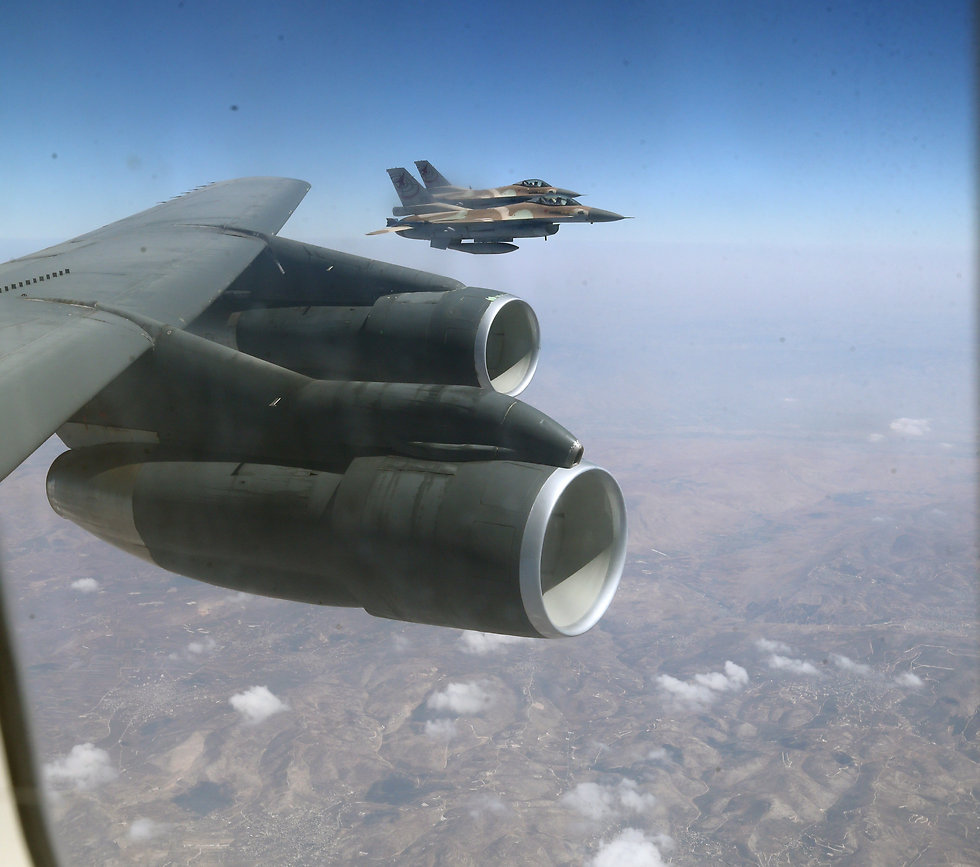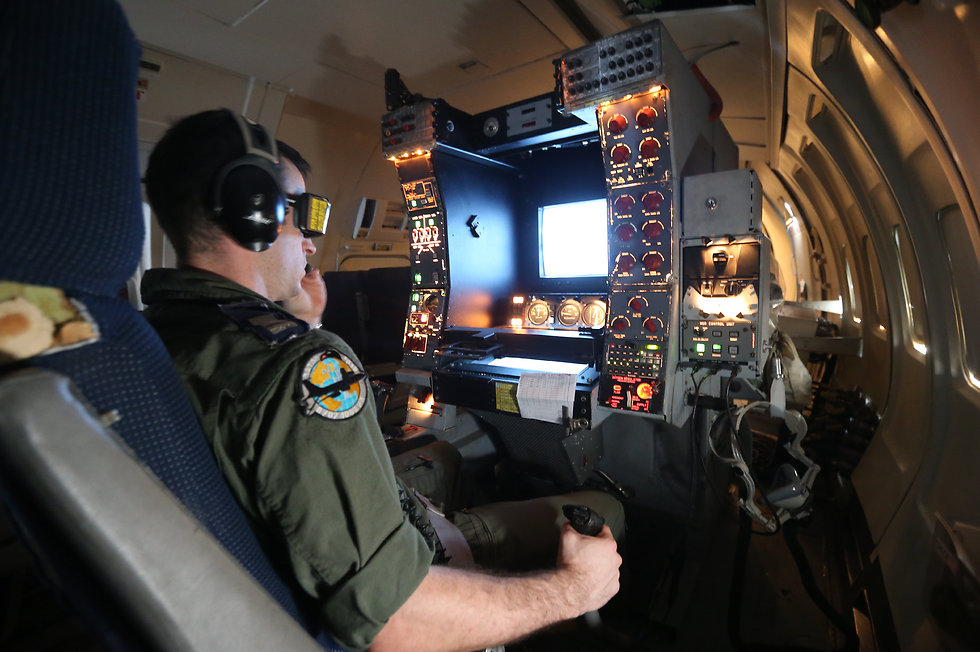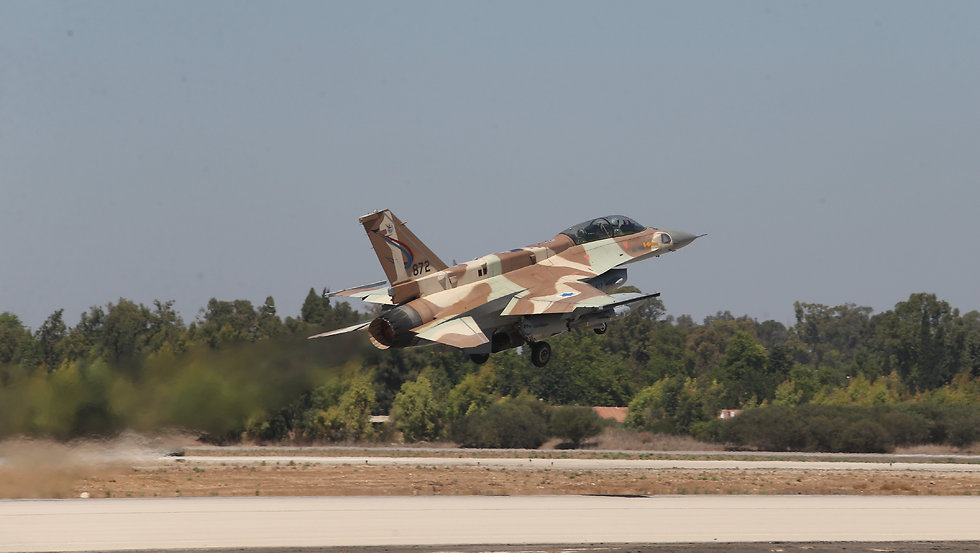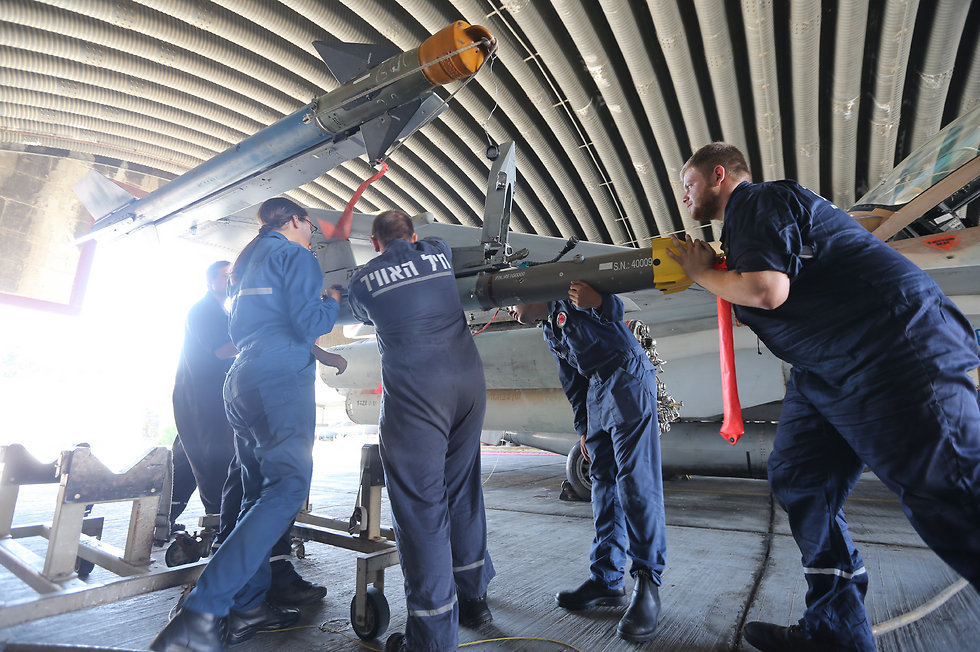
Through the lens: The Israeli Air Force
For the first time in years, the Israeli Air Force allowed a media photographer to board flights and document almost everything. The photos, captured by Yedioth Ahronoth photographer Gadi Kabalo, are presented in this story.
Unit 669
The Airborne Rescue and Evacuation Unit, better known as Unit 669, was founded after the Yom Kippur War to extract and provide initial medical treatment to downed (and possibly injured) pilots who had to eject out of their planes behind enemy lines. To that end, the unit includes fighters, doctors and paramedics.
In the years that passed, however, its responsibilities increased and the unit now also deals with the extraction of wounded soldiers from the battlefield and of civilians in distress.
Yedioth Ahronoth photographer Gadi Kabalo, joined the unit for a drill simulating the extraction of a pilot at sea, documenting everything from a Sikorsky CH 53 helicopter.
"The long training and the service itself are intense," says Sgt. Maj. Omri, a fighter in the unit. "But when you get to the injured person you were called to extract, it's all worth it."
Getting a drone into the air
The operator of a drone (also known as an unmanned aerial vehicle or UAV) sits inside a military trailer, where he remote-controls the aircraft that could be hundreds of kilometers away.
Another drone pilot, stationed outside, is on the ground with an operating board, maintaining eye contact with the drones during takeoff.
When the aircraft reaches a certain altitude and distance, the control is given over to the operator in the trailer. Control returns to the outside pilot ahead of landing.
Iron Dome
The nerve center of an Iron Dome battery is Battle Management & Weapon Control (BMC). Inside a trailer, in front of a series of screens, are soldiers whose job is to identify on radar any infiltration of a foreign object into Israeli airspace.
It is there that the decision is also made, in cooperation with the Air Force's Operational Headquarters, whether to intercept of not.
Aerial refueling
The 120th Squadron, also known as the Desert Giants (former International Squadron), uses Boeing 707 for aerial refueling, intelligence collection and transport assignments.
The Boeing 707, which takes off from the Nevatim Airbase, is flown by the graduates of the transport course in the Israeli Air Force flight academy, including the flight engineer, whose job it is to operate the electronic systems and monitor the refueling.
"We provide the Air Force with the ability to get anywhere in the world," says squadron commander Lt. Col. Itay.
Scrambling fighter jets
The 105th Squadron, also known as The Scorpion, is stationed at the Hatzor Airbase. Due to its geographic proximity to the Gaza Strip, its pilots are used to scrambling their F-16 planes whenever the need arises.
The flight technicians in their blue overalls are in charge of ensuring that the jets take off without a hitch—they arm them, refuel them and prepare the F-16s for flight. Then, when the planes return, they do it all over again.











